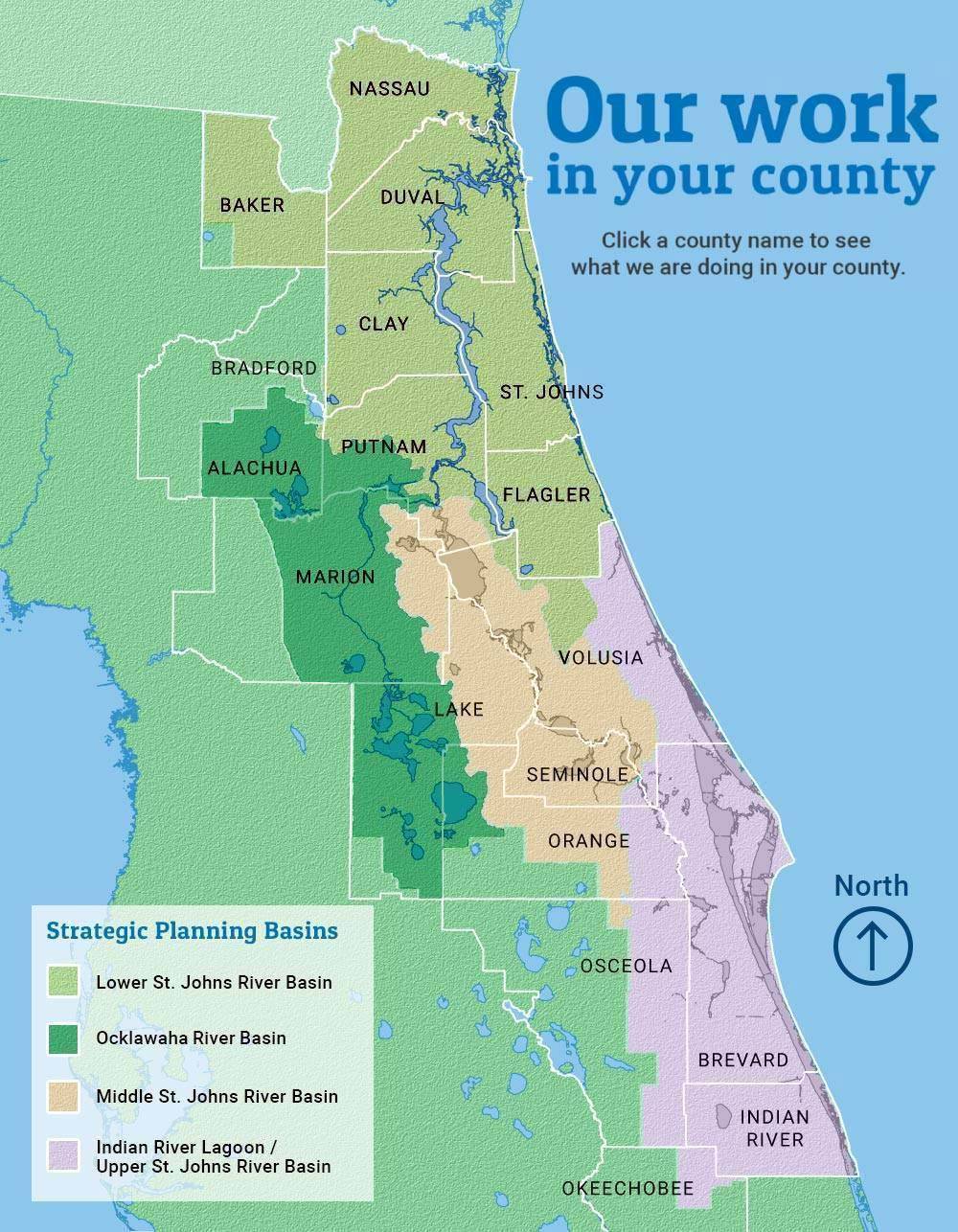New Rebate Program Rewards Homeowners for Making Water-Wise Upgrades to Their Irrigation System – City of Tampa (.gov)

Report on the Tampa Water Department’s Irrigation Rebate Program and its Alignment with Sustainable Development Goals
Introduction: A Strategic Initiative for Urban Water Conservation
The City of Tampa Water Department has launched a new pilot program offering financial rebates to customers for upgrading residential irrigation systems. This initiative directly addresses critical challenges in urban water management and aligns with several United Nations Sustainable Development Goals (SDGs), particularly those concerning water security, sustainable communities, and responsible consumption.
Advancing SDG 6: Clean Water and Sanitation
Addressing Inefficient Water Use
A significant portion of the 82 million gallons of water produced daily by the Tampa Water Department is allocated to landscape irrigation, which accounts for an estimated 50% of household water consumption in Florida. This level of use presents a challenge to achieving SDG 6, Target 6.4, which calls for a substantial increase in water-use efficiency and ensuring sustainable freshwater withdrawals. The rebate program is a direct policy instrument designed to mitigate this inefficiency at the consumer level.
Program Incentives for Water-Use Efficiency
To encourage homeowner participation in water conservation efforts, the program provides rebates for specific, high-impact upgrades. These measures are designed to optimize water use and reduce waste, contributing directly to the goals of SDG 6. Eligible upgrades include:
- Installation or repair of a rain sensor
- Installation of high-efficiency rotary nozzles
- Capping of unnecessary irrigation heads
Homeowners can receive a minimum rebate of $50, with the potential for higher amounts based on the scope of the efficiency improvements.
Fostering Sustainable Cities and Responsible Consumption (SDG 11 & SDG 12)
Promoting Responsible Consumption Patterns
The sprinkler system rebate program serves as a mechanism to promote SDG 12: Responsible Consumption and Production. By providing financial incentives, the city encourages residents to adopt more sustainable consumption habits, reducing their overall water footprint. This initiative empowers homeowners to make informed choices that yield both environmental benefits through resource protection and economic benefits through lower utility costs, embodying the principle of “doing more and better with less.”
Building a Resilient and Sustainable Urban Environment
Efficient management of water resources is a cornerstone of SDG 11: Sustainable Cities and Communities. The program contributes to reducing the per capita environmental impact of the city by tackling a major source of water consumption. As stated by Mayor Jane Castor, the objective is to provide “expert advice, tools, and guidance, so that homeowners are making the most out of every drop.” This approach helps build a more resilient and sustainable urban infrastructure capable of managing vital resources effectively.
Implementation Framework and Collaborative Partnerships (SDG 17)
Procedural Framework for Participation
The program outlines a clear, accessible process for residents to secure rebates for water-saving improvements. The process is as follows:
- Homeowners must contact a participating, licensed irrigation contractor from an approved list.
- The contractor performs an evaluation of the existing system and recommends eligible upgrades.
- Following the completion of the work, the resident submits a rebate application and supporting documentation online.
- All application materials must be submitted by the deadline of September 30, 2025.
A Model for Multi-Stakeholder Collaboration
This initiative exemplifies SDG 17: Partnerships for the Goals, which emphasizes the importance of collaboration to achieve sustainable development. The program is a joint effort involving several key stakeholders:
- The Tampa Water Department
- Tampa Bay Water Wise (a regional conservation program)
- The Southwest Florida Water Management District (co-funder)
This partnership model leverages regional cooperation to enhance the program’s reach and impact across Tampa and neighboring counties, demonstrating a collective commitment to regional water security.
Relevant Sustainable Development Goals (SDGs)
-
SDG 6: Clean Water and Sanitation
This goal is central to the article, which focuses on ensuring the availability and sustainable management of water. The Tampa Water Department’s rebate program directly addresses water conservation, efficiency, and the protection of water resources from overuse, which are core components of SDG 6.
-
SDG 11: Sustainable Cities and Communities
The initiative is a city-level program aimed at making Tampa more sustainable. By tackling the high water consumption in residential areas, the program works towards reducing the city’s overall environmental footprint and promoting sustainable resource management within an urban context.
-
SDG 12: Responsible Consumption and Production
The article promotes responsible consumption of water by encouraging homeowners to adopt water-efficient technologies. The rebate program serves as an incentive for consumers to change their consumption patterns and reduce waste, aligning with the principles of sustainable consumption.
Identified SDG Targets
-
Target 6.4: By 2030, substantially increase water-use efficiency across all sectors and ensure sustainable withdrawals and supply of freshwater to address water scarcity.
The article directly supports this target. It states, “Inefficient irrigation systems can waste thousands of precious gallons of water” and “Efficient irrigation is key to keeping the City’s water demand down.” The rebate program for “high-efficiency rotary nozzles” and other upgrades is a direct measure to increase water-use efficiency in the residential sector.
-
Target 6.5: By 2030, implement integrated water resources management at all levels, including through transboundary cooperation as appropriate.
The program demonstrates integrated water management. It is a collaborative effort involving multiple administrative levels: the city-level “Tampa Water Department,” the regional program “Tampa Bay Water Wise” (serving multiple counties and cities), and the “Southwest Florida Water Management District.” This multi-level cooperation is key to effective resource management.
-
Target 6.b: Support and strengthen the participation of local communities in improving water and sanitation management.
The program is explicitly designed to engage the local community (homeowners) in water management. By offering financial rebates, the city encourages and supports residents to “take control” and actively participate in water conservation efforts by upgrading their personal irrigation systems.
-
Target 11.6: By 2030, reduce the adverse per capita environmental impact of cities, including by paying special attention to… municipal and other waste management.
Reducing water waste is a form of managing municipal resource consumption. The article notes that the Tampa Water Department produces “an average of 82 million gallons of water each day,” a significant environmental impact. The program’s goal of reducing this demand directly contributes to lowering the city’s per capita environmental footprint.
-
Target 12.2: By 2030, achieve the sustainable management and efficient use of natural resources.
Water is a vital natural resource. The program’s entire purpose is to promote its efficient use and “protect vital water resources.” By incentivizing homeowners to fix irrigation issues and install water-saving devices, the initiative fosters the sustainable management of local water supplies.
Implied Indicators for Measuring Progress
-
Indicator related to Target 6.4 (Change in water-use efficiency):
The article provides a baseline for measuring progress. An implied indicator is the reduction in the average daily water production from the current “82 million gallons.” Another is the change in the percentage of household water used for irrigation, which is currently “at least 50%.”
-
Indicator related to Target 6.b (Participation of local communities):
Progress can be measured by the number of homeowners who participate in the program and successfully submit a rebate form. The total number of approved irrigators participating would also be a relevant metric.
-
Indicator related to Target 12.2 (Efficient use of natural resources):
The article implies several direct indicators of progress, including the number of specific water-saving devices installed (e.g., rain sensors, high-efficiency nozzles) and the number of irrigation heads capped through the program. The total dollar amount of rebates issued (from a minimum of “$50”) would also serve as a proxy for the level of adoption of these efficient technologies.
Summary of SDGs, Targets, and Indicators
| SDGs | Targets | Indicators |
|---|---|---|
| SDG 6: Clean Water and Sanitation | Target 6.4: Increase water-use efficiency across all sectors. | Reduction in average daily water production (baseline: 82 million gallons/day). Reduction in the percentage of household water used for irrigation (baseline: 50%). |
| SDG 6: Clean Water and Sanitation | Target 6.5: Implement integrated water resources management at all levels. | Continued collaboration between the Tampa Water Department, Tampa Bay Water Wise, and the Southwest Florida Water Management District. |
| SDG 6: Clean Water and Sanitation | Target 6.b: Strengthen the participation of local communities in improving water management. | Number of homeowners participating in the rebate program. |
| SDG 11: Sustainable Cities and Communities | Target 11.6: Reduce the adverse per capita environmental impact of cities. | Change in the city’s per capita water consumption. |
| SDG 12: Responsible Consumption and Production | Target 12.2: Achieve the sustainable management and efficient use of natural resources. | Number of water-efficient upgrades installed (rain sensors, high-efficiency nozzles). Total monetary value of rebates issued. |
Source: tampa.gov

What is Your Reaction?
 Like
0
Like
0
 Dislike
0
Dislike
0
 Love
0
Love
0
 Funny
0
Funny
0
 Angry
0
Angry
0
 Sad
0
Sad
0
 Wow
0
Wow
0










































































